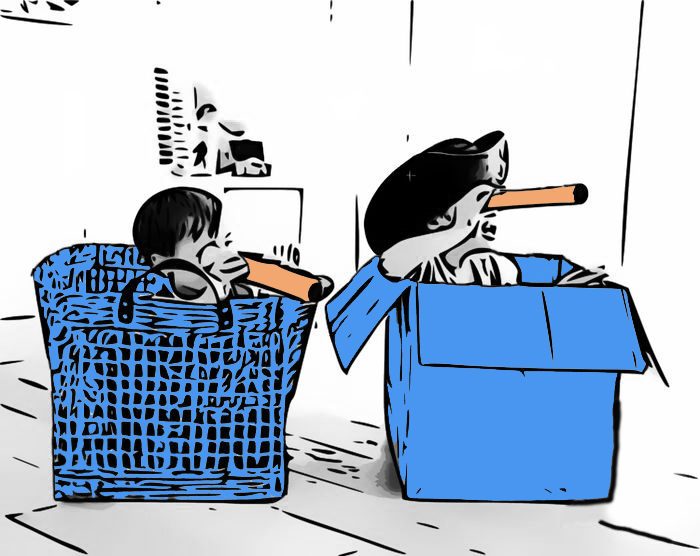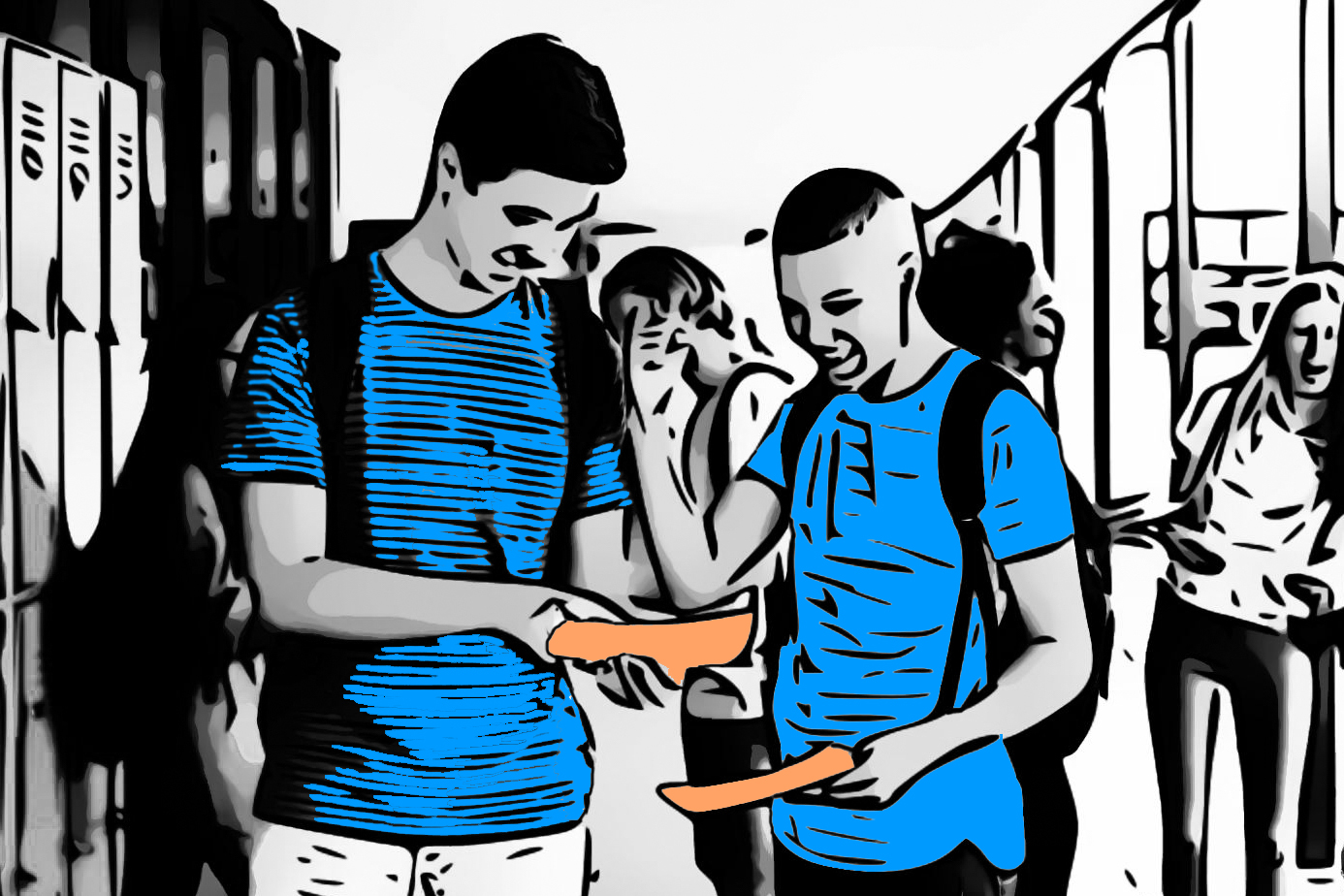Are you concerned about how your child navigates personal space? Hear one family’s experience…
It’s 6 a.m. on a Tuesday and still dark when a little voice from the side of the room—
“Mom, I can’t find my bah!”
My son has lost his pacifier again, so he climbs up next to me in bed.
Wait, actually, he’s sitting on my head.
“I want your pillow,” he says.
We love snuggles and have gotten used to our 2-year-old’s lack of awareness of personal space. But what if he doesn’t get learn to be more gentle and aware over time?
As children get older, they naturally begin to take note of personal space.
Preschoolers often bump into each other, take others’ materials, and touch each other without giving it a second thought.
Kindergarteners are beginning to develop more awareness of personal space, but they are often seen playing with each other’s hair or standing very close to others in line.
After that, children begin to learn how close to stand when having a conversation or sitting together on the rug in the classroom. Reading the non-verbal social world is an important skill that can be really hard for some kids. If your child struggles with this, he or she may get a kick out of the book Personal Space Camp.
What can I do if my kid is struggling with personal space?
Wondering where to find a good place to start? Click here to read more in our Reading Room.
Schedule a FREE 20-minute discovery session to learn more about body space awareness.




